Auto detailing is a meticulous process of cleaning and maintaining every surface of a vehicle, inside and out, to achieve a showroom-worthy finish and long-lasting protection;
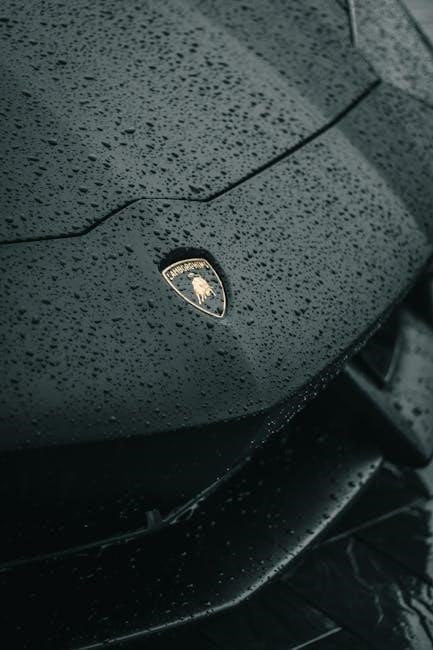
Exterior Detailing Process
The exterior detailing process involves a systematic approach to cleaning and protecting the car’s outer surfaces, addressing areas like paint, wheels, tires, and windows for a flawless finish.
Pre-Wash Inspection
A pre-wash inspection is the first step in the exterior detailing process, ensuring a safe and effective cleaning experience for your vehicle. This step involves assessing the car’s condition to identify areas with heavy contamination, such as tar, bugs, or overspray, which may require specialized treatments. It also helps in spotting any existing paint damage or sensitive surfaces that need extra care. During the inspection, loose debris like twigs or leaves should be removed to prevent scratching during washing. Additionally, exterior trim, moldings, and emblems are examined to determine if they need targeted cleaning or protection. This thorough evaluation ensures that the right cleaning products and techniques are selected for each part of the vehicle, preventing potential damage and ensuring a flawless detailing outcome. Proper preparation is key to achieving professional results.
Wheels and Tires
Cleaning and detailing the wheels and tires is a critical step in the exterior detailing process. Start by rinsing the wheels to remove loose dirt and brake dust. Use a wheel cleaner specifically designed for the type of wheels your vehicle has, as some cleaners can damage certain finishes. Apply the cleaner and let it sit for a few minutes before scrubbing with a soft-bristle wheel brush to remove stubborn grime. Rinse thoroughly and dry with a microfiber cloth to prevent spotting. For the tires, use a tire cleaner to remove dirt and grime, then apply a tire dressing to restore their shine and protect the rubber. Avoid using household cleaners, as they can damage the wheels or dry out the tires. Properly cleaned and protected wheels and tires enhance both the appearance and longevity of your vehicle’s exterior. Regular maintenance ensures they remain in great condition year-round.
Windows
Detailing your car’s windows involves thorough cleaning to ensure clarity and visibility. Start by using a high-quality glass cleaner and a microfiber cloth to avoid streaks and lint. Spray the cleaner directly on the cloth to prevent overspray onto other surfaces. Wipe windows in a straight, horizontal motion for the front and vertical for the sides to maintain even cleaning. Avoid using circular motions, as they can leave streaks. For stubborn spots or water marks, use a glass scrubber or clay bar gently. Finish by wiping with a dry microfiber cloth for a streak-free finish. Regular window cleaning improves driver visibility and enhances the overall appearance of the vehicle. For added protection, apply a rain-repellent coating to the windshield to improve safety during wet conditions. Clean windows are essential for both aesthetics and safety on the road.
Paint Correction and Polishing
Paint correction and polishing are essential steps in auto detailing to restore and enhance the vehicle’s exterior finish. This process addresses imperfections like swirl marks, scratches, and oxidation, ensuring a smooth, glossy surface. Begin with a thorough wash and decontamination to remove dirt and tar. Use a dual-action polisher with appropriate pads and compounds, starting with heavier abrasives for deeper defects and progressing to finer polishes for clarity. Work in small, controlled sections to maintain even coverage and avoid overheating the paint. Always use a clean, flat pad and keep the surface cool to prevent damage. Regular polishing not only revitalizes the paint but also protects it from environmental factors, ensuring a showroom-worthy finish. Avoid direct sunlight and use a paint depth gauge for precision. Proper technique is crucial to prevent issues like holograms or unevenness.
Protective Coatings
Protective coatings are a vital step in preserving your vehicle’s exterior finish, offering a durable barrier against environmental contaminants and UV damage. Ceramic coatings, sealants, and paint protection films are popular options, each providing varying levels of defense. Ceramic coatings form a hydrophobic layer, repelling water and contaminants, while paint protection films physically shield the paint from scratches and abrasions. These coatings not only enhance gloss but also simplify maintenance by making cleaning easier. Regular application ensures long-term protection, preventing fading and damage from harsh elements. Properly applied coatings can extend the life of your vehicle’s finish, maintaining its showroom appearance for years. Always choose high-quality products and follow application instructions carefully to ensure optimal results and durability.

Interior Detailing Process
Interior detailing focuses on deep cleaning surfaces, upholstery, and sanitizing to restore a fresh, hygienic environment, enhancing both appearance and comfort inside the vehicle.
Vacuuming and Surface Cleaning
Vacuuming is the first step in interior detailing, focusing on removing dirt, dust, and debris from seats, carpets, and crevices. Use a high-quality vacuum with various attachments for tight spaces.
Surface cleaning involves wiping down dashboards, trim, and other surfaces with microfiber cloths and gentle cleaning products. Avoid harsh chemicals to prevent damage to materials.
Pay special attention to high-touch areas like door handles, steering wheels, and consoles. Removing stains and odors from upholstery and carpets requires targeted cleaning solutions.
Regular vacuuming and surface cleaning not only enhance the interior’s appearance but also maintain a hygienic environment and prevent long-term damage to materials. Consistency is key for a pristine interior finish.
Dashboard and Trim
Properly cleaning and protecting the dashboard and trim is essential for maintaining the interior’s appearance and longevity. Start by gently wiping surfaces with a microfiber cloth to remove dust and debris.
For tougher stains or grime buildup, use a mild cleaning product specifically designed for automotive materials like leather, vinyl, or plastics. Avoid harsh chemicals that could damage or discolor the surfaces.
Pay extra attention to crevices and buttons, where dirt often accumulates. Use a soft-bristle brush to gently sweep away particles before wiping clean.
Avoid spraying cleaning products directly onto sensitive electronics or screens. Instead, apply the product to the microfiber cloth and wipe carefully to prevent damage.
Finally, use a UV-protectant spray or detailer to shield the dashboard and trim from fading caused by sunlight. Regular maintenance ensures a clean, polished look and preserves the interior’s condition over time.
Sanitizing Surfaces
Sanitizing surfaces is a critical step in auto detailing, ensuring a clean and hygienic interior. Begin by using a UV light to identify high-touch areas with heavy contamination.
Apply a mild sanitizing solution or disinfectant specifically designed for automotive surfaces, avoiding harsh chemicals that could damage materials.
Use microfiber cloths to gently wipe down surfaces like the steering wheel, door handles, and center console. Pay special attention to buttons, switches, and areas around air vents.
Avoid using bleach or abrasive products, as they can discolor or degrade materials. For leather or fabric upholstery, use a solution suitable for the material type.
Allow surfaces to air dry to prevent streaks or residue. Regular sanitizing not only enhances cleanliness but also helps maintain the interior’s freshness and longevity.
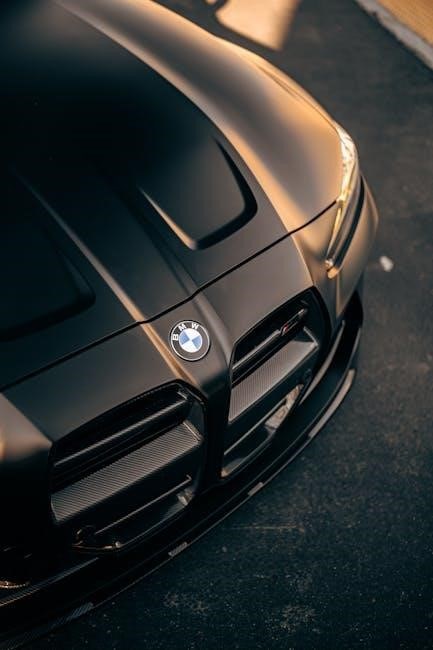
Upholstery and Carpet Cleaning
Upholstery and carpet cleaning is a detailed process that restores the interior’s freshness and appearance. Start by vacuuming thoroughly, paying attention to crevices and under seats.
For stains, use a fabric or carpet cleaner suitable for the material, gently scrubbing with a soft-bristle brush. Avoid harsh chemicals that could damage the fabric or leather.
For deep cleaning, steam cleaning is effective for removing embedded dirt and odors. For leather upholstery, use a leather cleaner and conditioner to maintain suppleness and protection.
Allow all surfaces to air dry completely to prevent moisture buildup. Regular cleaning prevents stains from setting in and extends the life of the upholstery and carpets, keeping the interior looking pristine.
Organizing the Trunk
Organizing the trunk is essential for maximizing space and maintaining a tidy interior. Start by removing all items and sorting them into categories, such as emergency supplies, tools, and personal belongings.
Use storage containers or organizers specifically designed for car trunks to keep items secure and within reach. Foldable storage bins or dividers can help separate items like jumper cables, spare tires, and cleaning supplies.
Ensure heavy or frequently used items are placed near the trunk opening for easy access. Keep seasonal items, like winter gear, in labeled containers to avoid clutter.
Regularly clean and reorganize the trunk to prevent accumulation of unnecessary items. A well-organized trunk not only enhances functionality but also contributes to a polished, professional appearance.
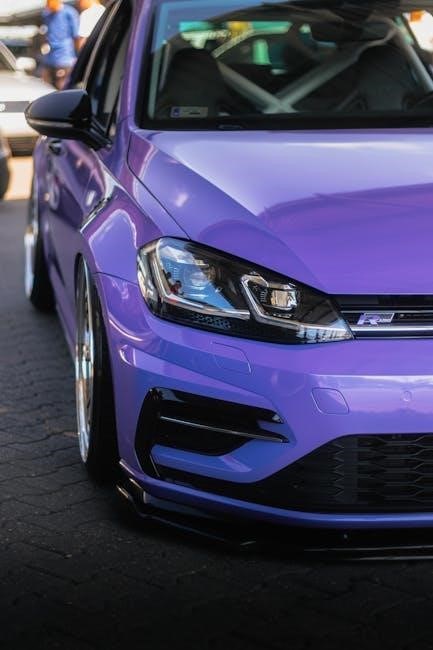
Tools and Products
Essential auto detailing tools include microfiber cloths, buckets, wash mitts, and brushes. High-quality products like soaps, polishes, and protective coatings ensure professional results and long-lasting vehicle protection.
Essential Tools for Auto Detailing
Having the right tools is crucial for achieving professional-grade results in auto detailing. Microfiber cloths and wash mitts are must-haves for gentle cleaning and avoiding scratches. A dual-bucket system with a grit guard helps prevent cross-contamination during washing. Wheel brushes and tire cleaners are essential for detailing rims and tires. For interior detailing, a vacuum cleaner with various attachments ensures thorough cleaning of upholstery and tight spaces. Brushes of different sizes are useful for dusting vents, crevices, and other hard-to-reach areas. Drying towels and blower tools prevent water spots and speed up the drying process. Lastly, polishers and clays bars are versatile tools for paint correction and removing contaminants. These tools form the foundation of a well-equipped detailing kit, ensuring efficiency and precision in every step of the process.
Best Products for Each Detailing Task
The right products are key to achieving exceptional detailing results. For exterior detailing, use a pH-neutral car wash soap to prevent paint damage, paired with a microfiber wash mitt for gentle cleaning. Wheel cleaners and tire dressings are essential for restoring rims and giving tires a glossy finish. Glass cleaners with anti-fog properties ensure clear visibility, while clay bars remove contaminants for a smooth paint surface. For interior detailing, opt for a versatile all-purpose cleaner for surfaces and a fabric cleaner for upholstery. Odor eliminators and leather conditioners keep the interior fresh and protected. Polishes and waxes are must-haves for paint correction and protection. Choosing high-quality, task-specific products ensures a professional-grade finish and long-lasting protection for your vehicle.
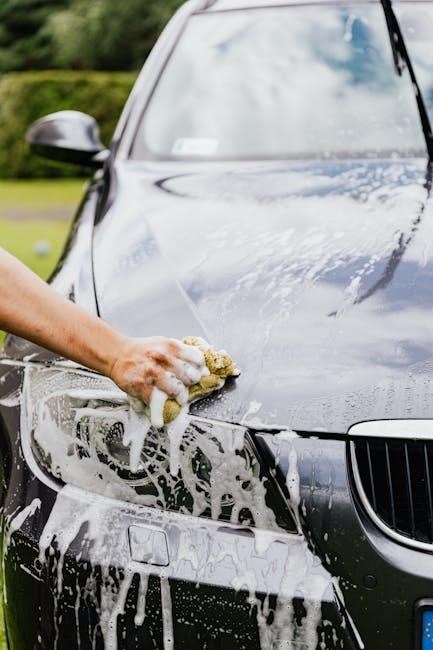
Seasonal Detailing Tips
Seasonal detailing tips help protect your vehicle from varying weather conditions, whether it’s winter snow, summer heat, spring showers, or fall foliage. Adapt your detailing routine to combat seasonal challenges and maintain both exterior and interior integrity, keeping it protected and enhancing its longevity.
Winter Care
Winter detailing is crucial to protect your vehicle from harsh weather conditions. Start with a thorough pre-wash inspection to identify areas affected by snow, ice, or salt. Use a pressure washer to remove dirt and salt residue from wheels and undercarriage, as these can cause rust. Apply a protective wax or ceramic coating to shield the paint from freezing temperatures and moisture. For tires, use a salt-neutralizing spray to prevent cracking and damage. Inside, focus on sanitizing surfaces and using fabric protectants to repel water and stains. Regularly clean floor mats and carpets to avoid mold buildup from wet boots. Finally, consider using a garage or car cover to minimize exposure to snow and ice. Regular winter detailing ensures your car remains protected and maintains its condition throughout the season.
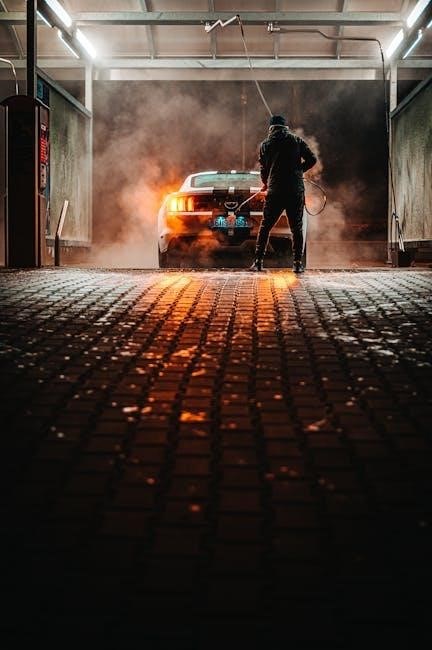
Summer Maintenance
Summer detailing focuses on protecting your vehicle from heat, UV rays, and dust. Start by applying a ceramic coating or wax to shield the paint from sun damage and fading. Regularly clean bug splatters and tar to prevent etching into the paint. Use a UV-blocking window film to reduce interior heat and protect the dashboard from cracking. Vacuum and sanitize the interior, paying attention to high-touch areas. For tires, apply a protective spray to prevent cracking from heat. Clean the undercarriage to remove dust and debris that can cause rust. Avoid washing your car in direct sunlight to prevent water spots. Use microfiber towels to dry the vehicle thoroughly. Regular summer maintenance ensures your car stays cool, clean, and protected from the season’s challenges.
Spring Refresh
Spring detailing focuses on removing winter grime and revitalizing your vehicle. Start with a thorough exterior wash to eliminate salt and de-icing chemicals, which can damage paint and undercarriage. Use a pressure washer for the wheels and undercarriage to blast away dirt and rust. Clay the paint to remove contaminants and polish minor scratches. Apply a fresh coat of wax or ceramic coating for protection. For the interior, vacuum deeply, especially carpets and upholstery, and sanitize surfaces to eliminate odors and germs. Clean leather seats with a gentle conditioner to restore suppleness. Organize the trunk and clean floor mats. Spring is the perfect time to restore your car’s condition after winter’s harsh conditions, ensuring it looks and feels refreshed for the warmer months ahead.
Fall Protection
Fall detailing focuses on safeguarding your vehicle from harsh winter conditions. Start by thoroughly washing and drying the exterior to remove contaminants like tree sap and pollen. Apply a protective wax or ceramic coating to shield the paint from freezing temperatures and road salts. Clean and dress the wheels and tires to prevent rust and cracking. For the interior, vacuum and sanitize surfaces to eliminate allergens and odors. Use a fabric or leather protector to repel stains and moisture. Pay special attention to weatherstripping and seals, ensuring they are clean and lubricated to maintain a tight seal. Fall detailing ensures your car is prepared for winter, protecting both its appearance and longevity from the season’s challenges.

Common Mistakes to Avoid
When detailing your vehicle, several common mistakes can damage its surfaces or reduce the effectiveness of the process. One major error is washing your car in direct sunlight, which can cause soap spots and water marks. Avoid using household cleaners, as they may contain harsh chemicals that harm paint or interior materials. Over-scrubbing surfaces can scratch paint or wear down protective coatings. Neglecting to rinse cleaning tools properly leads to cross-contamination, potentially spreading dirt or contaminants. Using low-quality products or improper techniques can leave streaks or residue. Additionally, skipping essential steps like pre-wash inspection or protective coatings can shorten the lifespan of your detailing work. Being mindful of these mistakes ensures a professional-grade finish and long-term protection for your vehicle.
Auto detailing is a transformative process that enhances both the appearance and longevity of your vehicle. By following a structured approach, from exterior detailing to interior refinement, you can achieve professional-grade results. While it requires patience and attention to detail, the end result is a vehicle that looks and feels like new. Regular detailing not only protects your car from environmental elements but also preserves its value over time. Whether you’re preparing for a special occasion or maintaining your daily driver, detailing is an investment in your vehicle’s health and your satisfaction as an owner. With the right techniques and products, you can keep your car looking its best for years to come.
